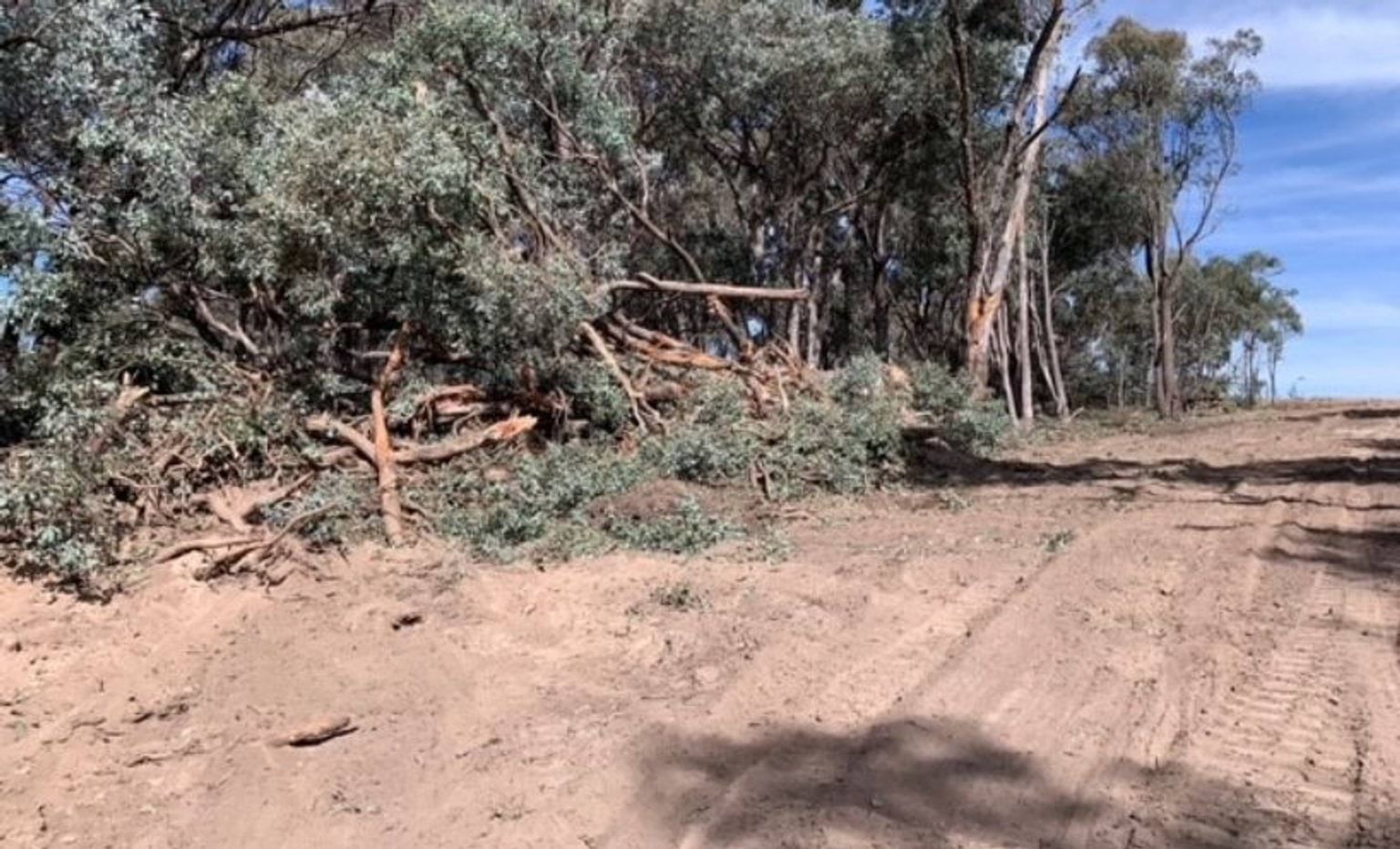- Published:
- Tuesday 12 September 2023 at 9:15 am

The northeast earthmoving business owner pleaded guilty in the Wodonga Magistrates’ Court last Wednesday to 55 charges related to illegal native vegetation clearing across a one-hectare area, habitat destruction and unauthorised damage to public land with a bulldozer in April 2022. The man had been hired to create a vehicle access track through public land.
The guilty plea followed a Conservation Regulator investigation into a report of large machine tracks and alleged illegal land clearing behind private property that adjoins Mt Lawson State Park.
The investigation included assessments from environmental experts who found 54 of the felled trees provided significant nesting and foraging habitat values to a large range of native birds, mammals, amphibians and reptiles, such as the endangered gang-gang cockatoo. The clearing also caused a significant negative impact to a population of endangered crimson grevillea.
The man was fined $5,000 without conviction for breaches of the National Parks Regulations 2013, Land Act 1958, Wildlife Regulations 2013 and Land Conservation (Vehicle Control) Regulations 2013. He was also ordered to pay $306.50 in legal costs.
In Victoria, it is a serious offence to damage, fell or remove trees from public land without authorisation. Anyone with information about illegal land clearing or other environmental crime can report it by calling 136 186.
The Conservation Regulator will continue to investigate and take action against anyone found clearing or damaging public land without authorisation. The responsibility and onus is on contractors to determine whether relevant permits or authorisations are in place before conducting any works on public land.
The environmental impact of these offences will be felt for generations to come as it will take decades for this area to regenerate and provide the same level of habitat as was initially there.
Updated
